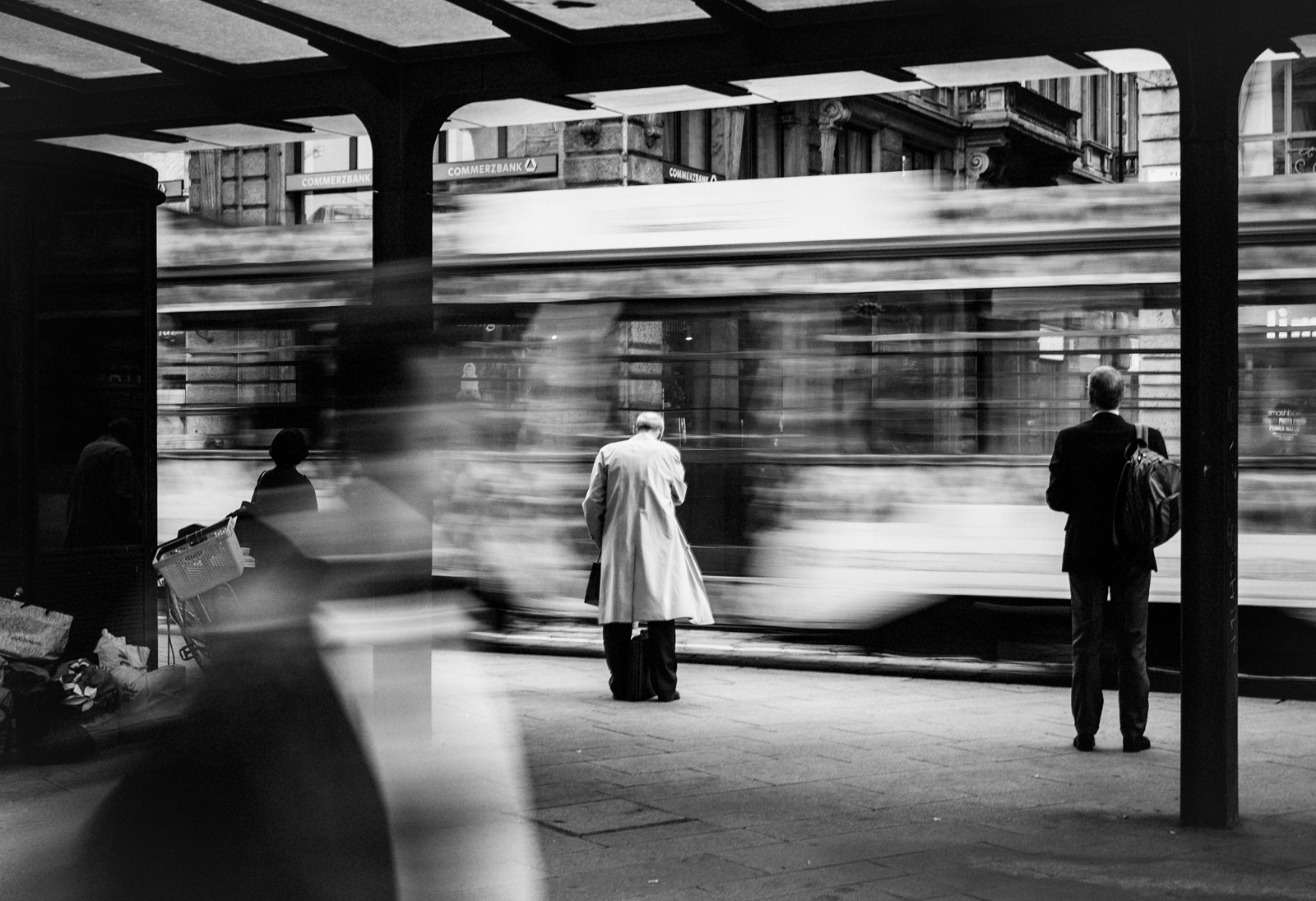Excitement About Framing Streets
Excitement About Framing Streets
Blog Article
Getting My Framing Streets To Work
Table of ContentsSome Of Framing StreetsThe Single Strategy To Use For Framing StreetsThe Main Principles Of Framing Streets Framing Streets - An Overview10 Simple Techniques For Framing StreetsFraming Streets Things To Know Before You Get This
, usually with the goal of capturing photos at a definitive or poignant moment by cautious framing and timing. https://framing-streets.mailchimpsites.com/.
The Facts About Framing Streets Revealed
Susan Sontag, 1977 Street digital photography can focus on individuals and their actions in public. In this regard, the street photographer resembles social documentary professional photographers or photographers that also operate in public places, yet with the objective of catching relevant occasions. Any one of these digital photographers' images might record individuals and building noticeable within or from public locations, which usually involves browsing moral concerns and regulations of personal privacy, safety and security, and residential or commercial property.
Depictions of day-to-day public life form a category in practically every period of world art, starting in the pre-historic, Sumerian, Egyptian and early Buddhist art durations. Art dealing with the life of the street, whether within views of cityscapes, or as the leading theme, shows up in the West in the canon of the Northern Renaissance, Baroque, Rococo, of Romanticism, Realistic look, Impressionism and Post-Impressionism.
Framing Streets for Dummies
Louis Daguerre: "Boulevard du Holy place" (1838 or 1839) In 1838 or 1839 the first photograph of figures in the road was recorded by Louis-Jacques-Mand Daguerre in one of a pair of daguerreotype sights drawn from his workshop home window of the Blvd du Temple in Paris. The second, made at the elevation of the day, shows an uninhabited stretch of street, while the other was taken at about 8:00 am, and as Beaumont Newhall reports, "The Blvd, so constantly loaded with a moving crowd of pedestrians and carriages was flawlessly solitary, other than an individual who was having his boots combed.
, that was influenced to carry out a comparable paperwork of New York City. As the city developed, Atget aided to promote Parisian streets as a worthwhile topic for photography.

The Single Strategy To Use For Framing Streets
Martin is the initial taped digital photographer to do so in London with a disguised video camera. Mass-Observation was a social research organisation founded in 1937 which aimed to record everyday life in Britain and to videotape the responses of the 'man-in-the-street' to King Edward VIII's abdication in 1936 to marry divorce Wallis Simpson, and the succession of George VI. Between 1946 and 1957 Le Groupe des XV yearly displayed job of this kind. Andre Kertesz. Circus, Budapest, 19 May 1920 Road digital photography created the significant content of two exhibitions at the Museum of Modern Art (Mo, MA) in New York curated by Edward Steichen, 5 French Photographers: Brassai; Cartier-Bresson, Doisneau, Ronis, Izis in 1951 to 1952, and Post-war European Photography in 1953, which exported the idea of street digital photography globally.

Excitement About Framing Streets
, after that a teacher of young kids, associated with Evans in 193839.'s 1958 book,, was substantial; raw and often out of emphasis, Frank's photos examined conventional photography of the time, "tested all the formal rules laid down by Henri Cartier-Bresson and Walker Evans" and "flew in the face of the wholesome pictorialism and heartfelt photojournalism of American publications like LIFE and Time".
Report this page